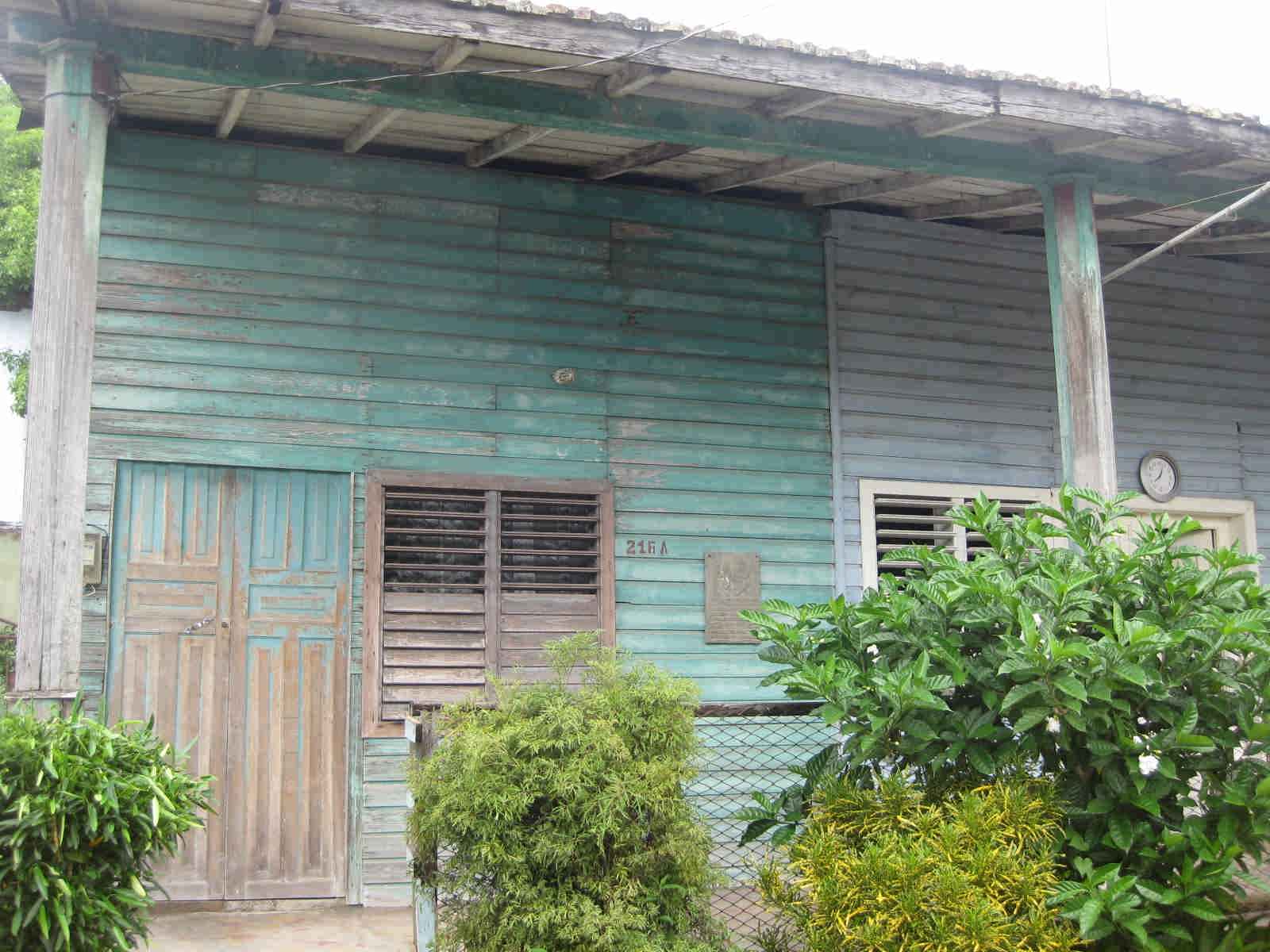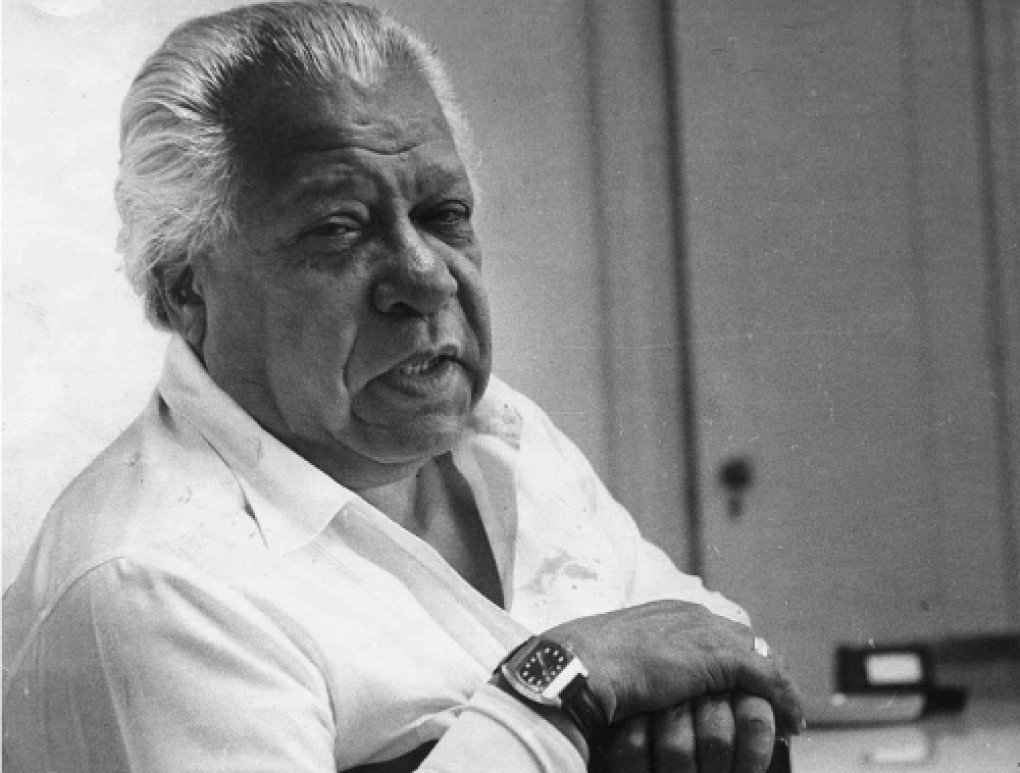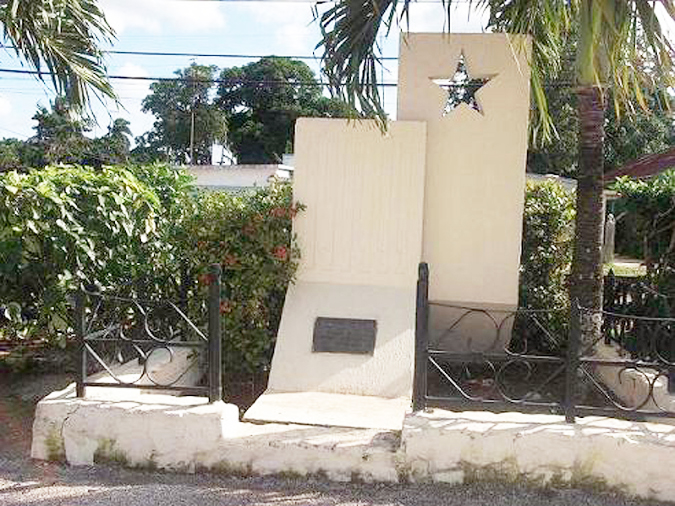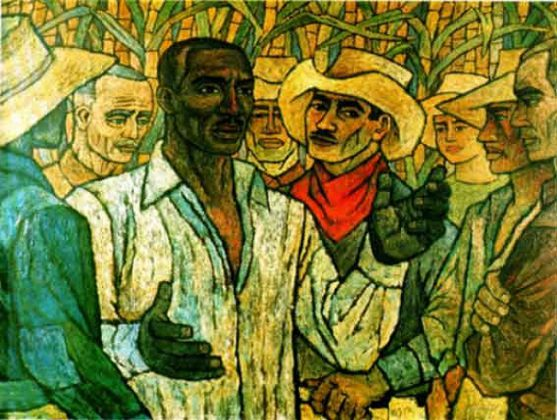
Camagüey, Apr 19th. - In the north of Camagüey is Minas, a picturesque village that Nicolas Guillén, the national poet of Cuba tenderly described as a palm tree and violins. This corner full of history and tradition was also the scene of the inspiration and life of the outstanding poet, who found in his streets and homes a refuge for his creativity and social commitment.

In the mid-1940s, the Guillén family established their home temporarily in Minas. In house number 216 on Ayestarán Street, the poet's daughter, Raquel Guillén with Dr. Orlando Hernández, received Nicolas in a warm family atmosphere that served as a witness to multiple moments of her life. There, in that corner Guillén found inspiration and rest, and from where he often appeared on the streets of Minas with poet's eyes and friend of the village.
One of the most endearing memories transmitted by his grandson Nicolás Hernández Guillén, is that of the afternoons in El Corralón, a large open space in front of the railway station, where the poet used to meet with children from the neighborhood. There, Guillén and the little ones built colorful barrels, while he told them stories of Cuba and its heroic history.
On those occasions the poet pointed to the carob that is still proud to remain proud in the area and told the infants how under that same shadow, the independence leader Ignacio Agramonte traced the way to the freedom of Cuba on November 26, 1868, in the historical event now known as the Meeting of Mines.

On 22 January 1948, the history of Mines was also marked by a tragic event. Captain Joaquín Casillas boarded in Manzanillo the train on which Jesús Menéndez was traveling, with the intention of stopping him. Because of his immunity, the union leader rejected the order and refused to follow the military, turning his back on him. Casillas shot him, causing his death.
The news deeply moved Nicolás Guillén, who was a close friend of Jesus Menendez. As a tribute to the General of the Cañas, he wrote his extensive poem Elegía to Jesús Menéndez, one of his most emblematic works, which culminated in 1951.
During those crucial moments, Minas was also the scene of the poet's inspiration. In one of the rooms of his daughter's house he worked intensely on the creation of his poem, which begins with verses that reflect the strength and pain of the Cuban people:
"The reeds were coming and going,
desperately, stirring
Their hands.
They'd warn you about death,
The back broken and the shot."

Today, the memory of Nicolas Guillén is kept alive in Minas through a tarmac placed in the house of Calle Ayestarán number 216, which immortalizes his presence there. This monument is a symbol of the Romanesque cultural heritage and a tribute to those who knew how to capture in its verse the mestizo and poetic spirit of Cuba, leaving a legacy that transcends time and generations. (Maykel Torres La Rosa/Radio Cadena Agramonte) (Photos by the author and taken from the Internet)